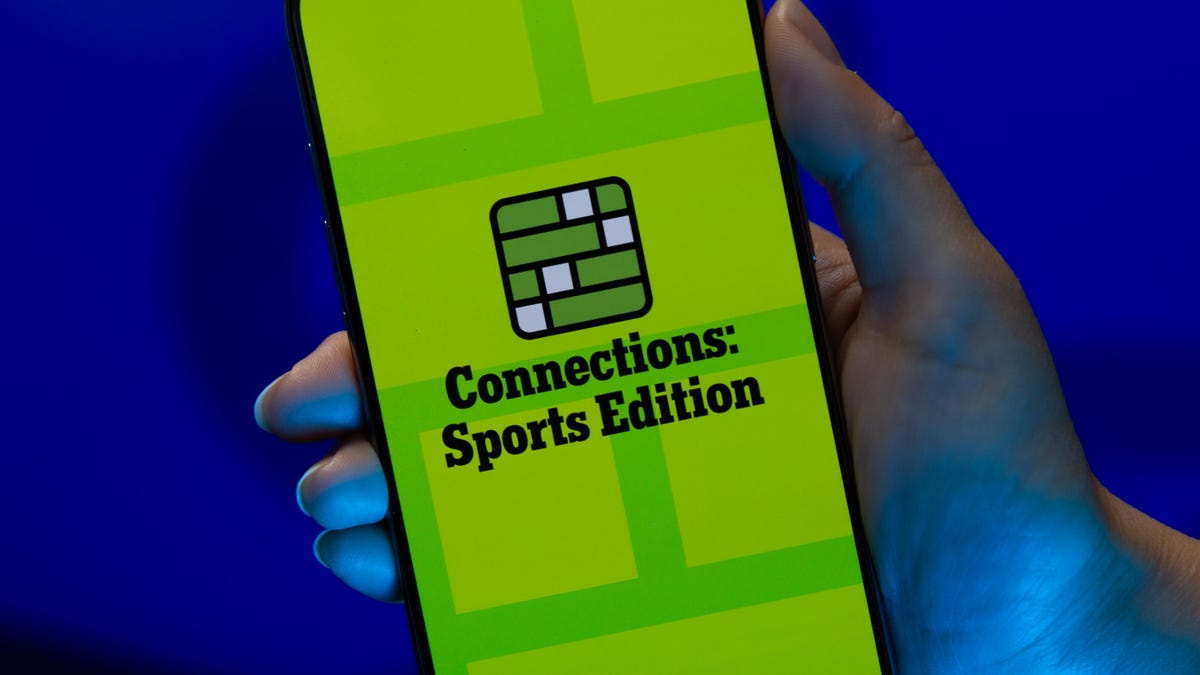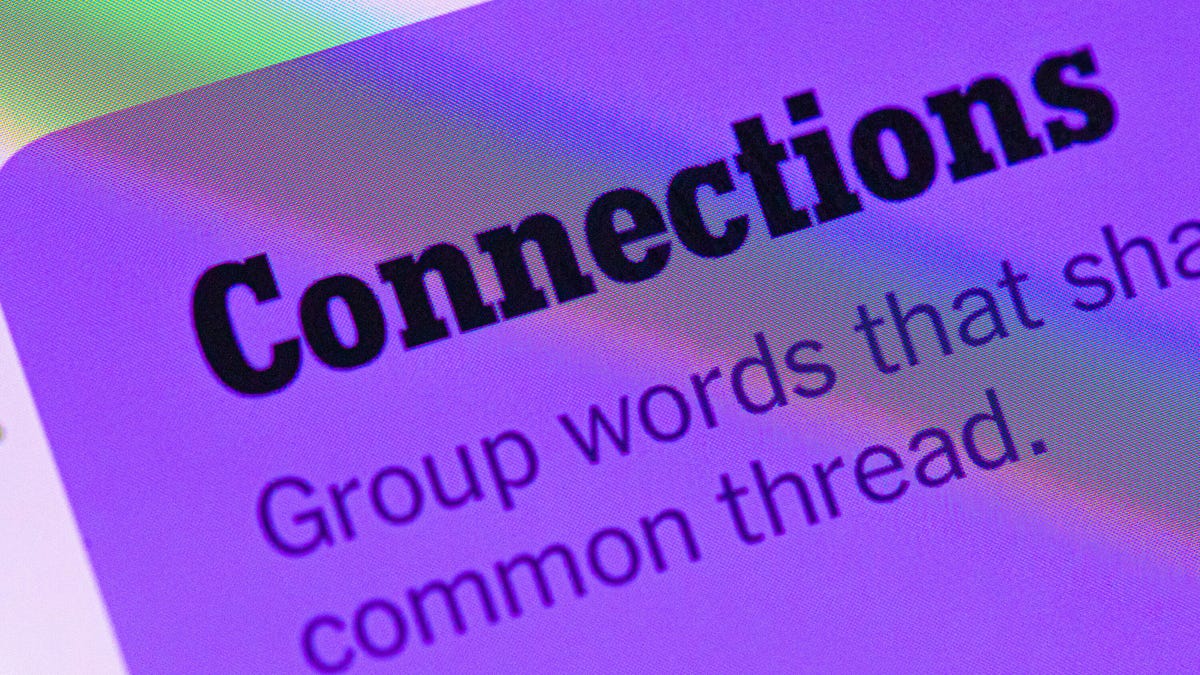Technologies
Google Pixel 9A vs. iPhone 16E: Budget Phone Specs Compared
How do Google and Apple’s new budget-conscious phones measure up? Let’s take a close look at the specs.
Editor’s note: The Google Pixel 9A is now in stores. Make sure to read CNET’s Pixel 9A review.
Google’s Pixel A series phones have always offered the essence of what makes the flagship models so great, but in a pared-back package with a more affordable price tag. The Pixel 9A is no different, with the same Tensor G4 processor as the Pixel 9 Pro, along with a 48-megapixel main camera and a vibrant 6.3-inch display. Not bad for $499.
But Apple has just released the iPhone 16E, a $599 phone that also aims to distill the flagship experience into a slightly more affordable package. So how do they compare? Let’s take a look.
Pixel 9A vs. iPhone 16E: design
The Pixel 9A is the larger of the two phones. Its 6.3-inch screen isn’t a huge step up over the iPhone 16E’s 6.1-inch screen, but it’s enough to maybe make playing mobile games on the move a bit more immersive. However, the iPhone’s display is marginally sharper as it crams more pixels into a smaller space, though whether you’d ever notice that difference is debatable. The Pixel 9A’s display has a variable refresh rate between 60Hz and 120Hz that helps make animations look smoother and gaming more immersive. The iPhone 16E, on the other hand, has a screen locked at 60Hz.
Pixel 9A vs. iPhone 16E: performance
The Pixel 9A runs the same Tensor G4 chip as the Pixel 9 Pro. It’s not a powerhouse processor, but it should offer solid performance for everyday tasks. However, when we reviewed the Pixel 9 and 9 Pro, it returned fairly disappointing results on benchmark tests. The iPhone 16E uses Apple’s A18 chip, which delivered much better scores on benchmark testing for both processor power and graphical prowess. For sheer straight-line speed, the iPhone is likely the one to go for here.
Pixel 9A vs. iPhone 16E: camera
While both phones have 48-megapixel main rear cameras, the Pixel 9A also offers a 13-megapixel ultrawide lens. The 9A also macro images, meaning you can get close to a subject and have them in focus. We’ll have to wait and see how the camera quality compares on each phone, but those of you who want a more well-rounded photography experience may find the iPhone’s single rear camera limiting.
Both the Pixel 9A and iPhone 16E come fully equipped to use their companies’ respective AI platforms (Gemini on the Pixel, Apple Intelligence on the iPhone), with both offering a variety of built-in AI tools for productivity and imaging. Take a look below at how the Pixel 9A’s specs stack up against the iPhone 16E.
Google Pixel 9A and iPhone 16E specs compared
| Google Pixel 9A | Apple iPhone 16E | |
|---|---|---|
| Display size, tech, resolution, refresh rate, brightness | 6.3-inch OLED; 2,424×1,080 pixels; 60-120Hz variable refresh rate | 6.1-inch OLED display; 2,532×1,170 pixels; 60Hz refresh rate |
| Pixel density | 422 ppi | 460 ppi |
| Dimensions (inches) | 6.1 x 2.9 x 0.4 in | 5.78 x 2.82 x 0.31 in. |
| Dimensions (millimeters) | 154.7 x 73.3 x 8.9 mm | 146.7 x 71.5 x 7.8 mm |
| Weight (grams, ounces) | 186g (6.6 oz) | 167g (5.88 oz) |
| Mobile software | Android 15 | iOS 18 |
| Camera | 48-megapixel (wide), 13-megapixel (ultrawide) | 48-megapixel (wide) |
| Front-facing camera | 13-megapixel | 12-megapixel |
| Video capture | 4K | 4K |
| Processor | Google Tensor G4 | Apple A18 |
| RAM/storage | 8GB + 128GB, 256GB | RAM unknown + 128GB, 256GB, 512GB |
| Expandable storage | None | None |
| Battery/charging speeds | 5,100 mAh | Up to 26 hours video playback, 21 hours streamed video playback, 90 hours of audio playback. 20W wired charging, 7.5W Qi wireless charging |
| Fingerprint sensor | Under display | No, Face ID |
| Connector | USB-C | USB-C |
| Headphone jack | None | None |
| Special features | 7 years of OS, security and Pixel feature drops; Gorilla Glass 3 cover glass; IP68 dust and water resistance; 2,700-nit peak brightness; 1,000,000:1 contrast ratio; 23W fast charging (charger not included); 7.5W wireless charging Qi certified; Wi-Fi 6E; NFC; Bluetooth 5.3; dual-SIM (nano SIM + eSIM); Add Me; Best Take; Magic Eraser; Magic Editor; Photo Unblur; Super Res Zoom; Circle To Search | Action button, Apple C1 5G modem, Apple Intelligence, Ceramic Shield, Emergency SOS, satellite connectivity, IP68 resistance |
| US price off-contract | $499 (128GB) | $599 (128GB) |
| UK price | £499 (128GB) | £599 (128GB) |
| Australia price | AU$849 (128GB) | AU$999 (128GB) |
Technologies
Today’s NYT Mini Crossword Answers for Friday, Dec. 26
Here are the answers for The New York Times Mini Crossword for Dec. 26.

Looking for the most recent Mini Crossword answer? Click here for today’s Mini Crossword hints, as well as our daily answers and hints for The New York Times Wordle, Strands, Connections and Connections: Sports Edition puzzles.
Need some help with today’s Mini Crossword? Some of the clues are tough today — I thought maybe 1-Across was referring to the Grinch, or even Oscar the Grouch, but was I ever wrong! Read on for all the answers. And if you could use some hints and guidance for daily solving, check out our Mini Crossword tips.
If you’re looking for today’s Wordle, Connections, Connections: Sports Edition and Strands answers, you can visit CNET’s NYT puzzle hints page.
Read more: Tips and Tricks for Solving The New York Times Mini Crossword
Let’s get to those Mini Crossword clues and answers.
Mini across clues and answers
1A clue: Furry and green, say
Answer: MOSSY
6A clue: State known for its potatoes
Answer: IDAHO
7A clue: Like a faithful friend
Answer: LOYAL
8A clue: Had a beverage
Answer: DRANK
9A clue: Pronoun frequently paired with «her»
Answer: SHE
Mini down clues and answers
1D clue: Not spicy, as salsa
Answer: MILD
2D clue: Reasons for wrinkled noses
Answer: ODORS
3D clue: Words from a doctor checking your tonsils
Answer: SAYAH
4D clue: Comedian Gillis
Answer: SHANE
5D clue: Part of an egg used to make hollandaise sauce
Answer: YOLK
Don’t miss any of our unbiased tech content and lab-based reviews. Add CNET as a preferred Google source.
Technologies
Today’s NYT Connections: Sports Edition Hints and Answers for Dec. 26, #459
Here are hints and the answers for the NYT Connections: Sports Edition puzzle for Dec. 26, No. 459.

Looking for the most recent regular Connections answers? Click here for today’s Connections hints, as well as our daily answers and hints for The New York Times Mini Crossword, Wordle and Strands puzzles.
Today’s Connections: Sports Edition is a tough one. That purple category once again has players looking for a different, but related, hidden word in four of the clues. If you’re struggling with today’s puzzle but still want to solve it, read on for hints and the answers.
Connections: Sports Edition is published by The Athletic, the subscription-based sports journalism site owned by The Times. It doesn’t appear in the NYT Games app, but it does in The Athletic’s own app. Or you can play it for free online.
Read more: NYT Connections: Sports Edition Puzzle Comes Out of Beta
Hints for today’s Connections: Sports Edition groups
Here are four hints for the groupings in today’s Connections: Sports Edition puzzle, ranked from the easiest yellow group to the tough (and sometimes bizarre) purple group.
Yellow group hint: Big Apple jock.
Green group hint: College football fun.
Blue group hint: On the road.
Purple group hint: Hunt down a word in other words.
Answers for today’s Connections: Sports Edition groups
Yellow group: A New York athlete.
Green group: Bowl games.
Blue group: Associated with a team road trip.
Purple group: Ends in a movement verb.
Read more: Wordle Cheat Sheet: Here Are the Most Popular Letters Used in English Words
What are today’s Connections: Sports Edition answers?
The yellow words in today’s Connections
The theme is a New York athlete. The four answers are Islander, Net, Ranger and Yankee.
The green words in today’s Connections
The theme is bowl games. The four answers are Alamo, Gator, Liberty and Pinstripe.
The blue words in today’s Connections
The theme is associated with a team road trip. The four answers are bus, flight, hotel and visiting locker room.
The purple words in today’s Connections
The theme is ends in a movement verb. The four answers are foxtrot (trot), newsprint (sprint), terrace (race) and thunderbolt (bolt).
Don’t miss any of our unbiased tech content and lab-based reviews. Add CNET as a preferred Google source.
Technologies
Today’s NYT Connections Hints, Answers and Help for Dec. 26, #929
Here are some hints and the answers for the NYT Connections puzzle for Dec. 26 #929

Looking for the most recent Connections answers? Click here for today’s Connections hints, as well as our daily answers and hints for The New York Times Mini Crossword, Wordle, Connections: Sports Edition and Strands puzzles.
Today’s NYT Connections puzzle is full of fun pop-culture references. Read on for clues and today’s Connections answers.
The Times has a Connections Bot, like the one for Wordle. Go there after you play to receive a numeric score and to have the program analyze your answers. Players who are registered with the Times Games section can now nerd out by following their progress, including the number of puzzles completed, win rate, number of times they nabbed a perfect score and their win streak.
Read more: Hints, Tips and Strategies to Help You Win at NYT Connections Every Time
Hints for today’s Connections groups
Here are four hints for the groupings in today’s Connections puzzle, ranked from the easiest yellow group to the tough (and sometimes bizarre) purple group.
Yellow group hint: Golden state cliches.
Green group hint: Funny films.
Blue group hint: Rock on.
Purple group hint: Not white.
Answers for today’s Connections groups
Yellow group: California-based character tropes.
Green group: Comedy subgenres.
Blue group: ’70s rock bands.
Purple group: Black ____.
Read more: Wordle Cheat Sheet: Here Are the Most Popular Letters Used in English Words
What are today’s Connections answers?
The yellow words in today’s Connections
The theme is California-based character tropes. The four answers are movie exec, surfer, tech bro and Valley Girl.
The green words in today’s Connections
The theme is comedy subgenres. The four answers are buddy, cringe, screwball and stoner.
The blue words in today’s Connections
The theme is ’70s rock bands. The four answers are America, Chicago, Foreigner and Journey.
The purple words in today’s Connections
The theme is black ____. The four answers are Forest, Friday, Panther and Widow.
Don’t miss any of our unbiased tech content and lab-based reviews. Add CNET as a preferred Google source.
-

 Technologies3 года ago
Technologies3 года agoTech Companies Need to Be Held Accountable for Security, Experts Say
-

 Technologies3 года ago
Technologies3 года agoBest Handheld Game Console in 2023
-

 Technologies3 года ago
Technologies3 года agoTighten Up Your VR Game With the Best Head Straps for Quest 2
-

 Technologies4 года ago
Technologies4 года agoBlack Friday 2021: The best deals on TVs, headphones, kitchenware, and more
-

 Technologies4 года ago
Technologies4 года agoVerum, Wickr and Threema: next generation secured messengers
-

 Technologies4 года ago
Technologies4 года agoGoogle to require vaccinations as Silicon Valley rethinks return-to-office policies
-

 Technologies4 года ago
Technologies4 года agoOlivia Harlan Dekker for Verum Messenger
-

 Technologies4 года ago
Technologies4 года agoiPhone 13 event: How to watch Apple’s big announcement tomorrow
